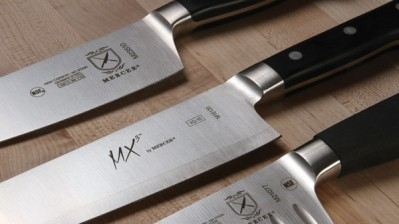Property
Investing in a new kitchen is a recipe for success

For pub food sales to really take off following a refurbishment, operators should view the kitchen as the pub’s engine room, an essential investment requiring rigorous planning which should not be compromised.
10 steps to kitchen design success
- Plan the menu, preparation and skill levels required and set sales projections for the pub’s capacity, then build the kitchen round them. Involve suppliers to determine what ingredients will be delivered and, therefore, space and equipment needed.
- The kitchen must be capable of meeting demand when the pub is at capacity. But don’t forget the extra demand new al fresco dining areas create on sunny days. Careful menu construction helps; avoid overly-complex dishes and consider a simpler daytime menu. Think about outdoor waiter stations.
- Look at the pub’s floor plan and the service journey. Is the kitchen in the right position to serve internal and external dining areas?
- Innovative space-saving products are often better value than increasing the kitchen size, and they maintain trading space.
- Involve a kitchen design specialist in the planning process from the outset. Their fees are worth it to ensure your design maximises productivity and minimises staffing levels.
- Future-proof to allow for growth. Adding extra power and larger extraction canopies at the start costs less than retrofitting and reduces kitchen closures.
- Invest in heavy-duty commercial equipment. Cheaper models are a false economy; breakdowns stop trading and can become safety issues. Look for long warrantees, low breakdown levels and models with easily available parts.
- Avoid common oversights; allow sufficient prep space, storage, and fridge and freezer capacity. Don’t forget handy storage on cooklines; minimising the times chefs have to leave workstations improves service times and reduces staff costs.
- Test the kitchen in a real world situation. Cook off the whole menu during dummy runs, allocating dishes to guests to gauge the kitchen’s ability to produce a mixed menu.
- Negative word-of-mouth in the first month will set you back six months. Have a soft opening on a quiet Tuesday night rather than a heavily-marketed Sunday lunchtime.
Chris Jowsey is trading director at Star Pubs and Bars







